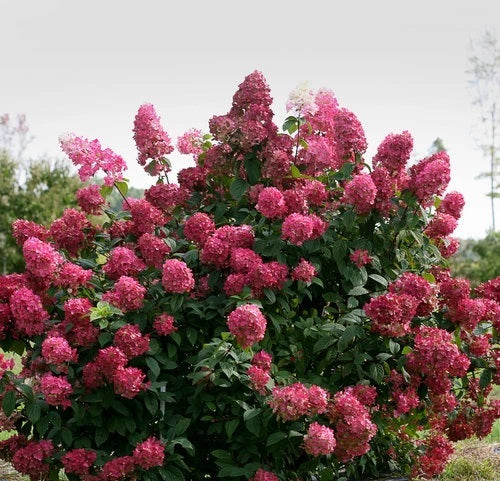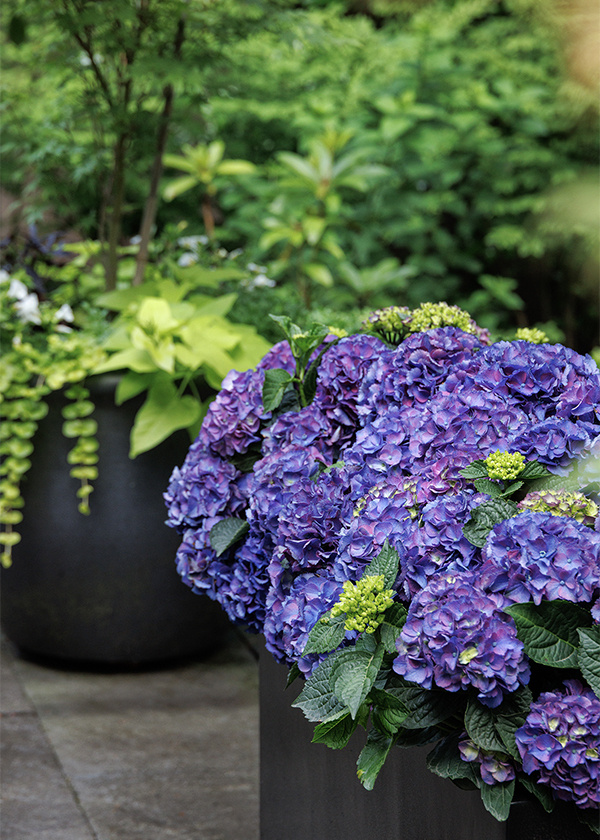Fire Hydrangeas: The Ultimate Guide To Growing And Caring For These Stunning Blooms
Fire Hydrangeas: The Ultimate Guide to Growing and Caring for These Stunning Blooms
Fire hydrangeas are a type of hydrangea that is known for its bright, fiery blooms. They are a relatively easy plant to grow, and they can add a touch of color to any garden.
In this blog post, we will provide you with an ultimate guide to growing and caring for fire hydrangeas. We will cover topics such as:
- Choosing the right location for your fire hydrangea
- Planting and caring for your fire hydrangea
- Pruning your fire hydrangea
- Fertilizing your fire hydrangea
- Overwintering your fire hydrangea
We will also provide you with some tips on how to get the most out of your fire hydrangeas.
Choosing the Right Location
Fire hydrangeas are relatively adaptable plants, but they do best in full sun to partial shade. They also prefer well-drained soil. If you live in an area with hot summers, you may want to choose a location that gets some afternoon shade.
Planting and Caring for Your Fire Hydrangea
Fire hydrangeas can be planted in the spring or fall. When planting, dig a hole that is twice as wide and as deep as the root ball of your plant. Backfill the hole with soil, tamping it down gently. Water your plant well after planting.
Fire hydrangeas need regular watering, especially during the first year after planting. Once they are established, they can tolerate some drought. You should also fertilize your fire hydrangeas once a year in the spring. Use a balanced fertilizer, such as 10-10-10.
Pruning Your Fire Hydrangea
Fire hydrangeas can be pruned in the spring or fall. If you prune in the spring, you will encourage new growth and blooms. If you prune in the fall, you will help to shape your plant and remove any dead or damaged branches.
When pruning, remove any dead, diseased, or damaged branches. You can also thin out the plant by removing some of the older branches. Fire hydrangeas bloom on old wood, so you should avoid pruning too heavily.
Fertilizing Your Fire Hydrangea
Fire hydrangeas need regular fertilization to produce their best blooms. You should fertilize your fire hydrangeas once a year in the spring. Use a balanced fertilizer, such as 10-10-10.
Overwintering Your Fire Hydrangea
If you live in an area with cold winters, you may need to overwinter your fire hydrangea. To do this, you will need to mulch the plant with a layer of organic matter, such as leaves or straw. You may also need to cover the plant with a burlap sack or other protective covering.
Tips for Getting the Most Out of Your Fire Hydrangeas
Here are a few tips to help you get the most out of your fire hydrangeas:
- Water your fire hydrangeas regularly, especially during the first year after planting.
- Fertilize your fire hydrangeas once a year in the spring.
- Prune your fire hydrangeas in the spring or fall.
- Mulch around your fire hydrangeas to help protect them from the cold.
- Cover your fire hydrangeas with a burlap sack or other protective covering if you live in an area with cold winters.
- Deadhead spent blooms to encourage new growth.
- Protect your fire hydrangeas from pests and diseases.
With a little care and attention, your fire hydrangeas will reward you with stunning blooms for many years to come.
Fire hydrangeas are a beautiful and popular type of hydrangea that are known for their large, cone-shaped flowers that bloom in shades of white, pink, and red. They are relatively easy to care for and can be grown in a variety of climates.
If you are interested in learning more about fire hydrangeas, I recommend visiting . This website has a wealth of information about fire hydrangeas, including their history, care requirements, and varieties. You can also find photos and videos of fire hydrangeas in bloom.
I hope you enjoy learning more about fire hydrangeas!
FAQ of fire hydrangea
- What is a fire hydrangea?
A fire hydrangea is a type of hydrangea that is known for its colorful blooms. The flowers can be pink, blue, or purple, and they typically bloom in late spring or early summer. Fire hydrangeas are relatively easy to care for and can grow in a variety of conditions.
- What is the size of a fire hydrangea?
Fire hydrangeas can grow to be 8-15 feet tall and 6-12 feet wide. They are considered to be large shrubs or small trees.
- What are the best conditions for growing a fire hydrangea?
Fire hydrangeas prefer full sun to partial shade and moist, well-drained soil. They are tolerant of a variety of soil types, but they do not like to be in wet or soggy soil.
- How do I care for a fire hydrangea?
Fire hydrangeas need regular watering, especially during the first year after planting. They should also be fertilized in the spring and fall. To encourage blooms, you can add lime to the soil if your hydrangeas are producing pink flowers. If you want blue flowers, you can add aluminum sulfate to the soil.
- How do I propagate a fire hydrangea?
Fire hydrangeas can be propagated by taking cuttings in the spring or fall. To take a cutting, make a clean cut just below a node. Remove the lower leaves and plant the cutting in a pot of moist potting mix. Keep the soil moist and the cutting in a warm, shady spot. The cutting should root in about four to six weeks.
Image of fire hydrangea
- A close-up of a single fire hydrangea flower in full bloom. The petals are a vibrant red color with a slight pink tint.

- A full shot of a fire hydrangea bush in bloom. The flowers are a mix of red, pink, and blue colors.
- A fire hydrangea bush in a garden setting. The flowers are surrounded by green foliage.

- A fire hydrangea bush in a vase on a patio. The flowers are a beautiful contrast to the white tablecloth.

- A fire hydrangea bush in a field of wildflowers. The flowers are a vibrant red color that stands out against the green grass and blue sky.

Post a Comment for "Fire Hydrangeas: The Ultimate Guide To Growing And Caring For These Stunning Blooms"